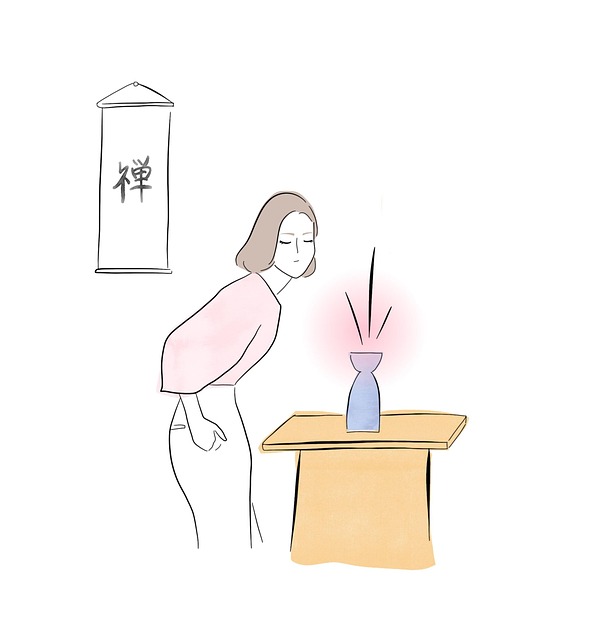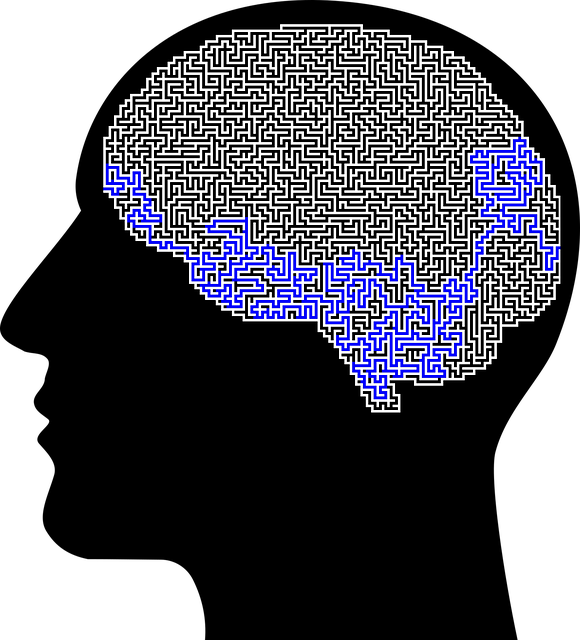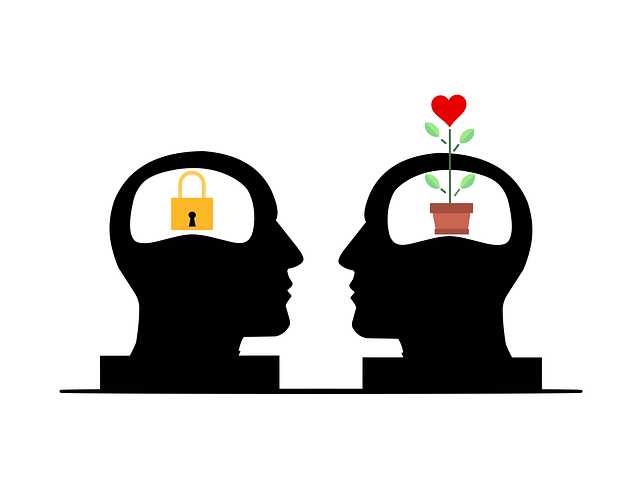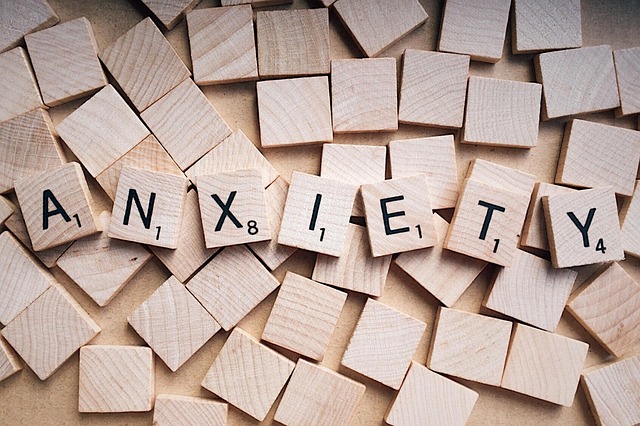Mindfulness meditation is a powerful therapy for adolescent teens, especially those who are bilingual. This ancient practice, focused on the present moment, cultivates awareness, acceptance, and significantly aids in stress management and anxiety relief. Tailored sessions help bilingual teens develop social skills and emotional resilience, while organizations integrate mindfulness into workshops to empower them to regulate emotions, make better decisions, and foster healthier relationships. Regular practice reduces anxiety, improves focus, enhances mental clarity, and bridges cultural gaps, ultimately promoting personal growth in a fast-paced world. Starting with just 5-10 minutes daily, guided meditations in their preferred language can lead to improved mental wellness.
Mindfulness meditation, a powerful tool for navigating adolescence, offers teens a calming sanctuary amidst the hustle and bustle of their lives. This article explores how regular practice can serve as a form of therapy for adolescent teens, fostering emotional resilience and mental clarity. We delve into the benefits, from stress reduction to improved academic performance, and provide practical tips tailored to help bilingual teens establish and maintain a mindful meditation routine.
- Understanding Mindfulness Meditation for Teens
- Benefits of Regular Practice
- Practical Tips for Starting and Maintaining a Routine
Understanding Mindfulness Meditation for Teens

Mindfulness meditation is a powerful tool for adolescent teens, offering a unique approach to mental health and personal growth. This ancient practice encourages individuals to focus on the present moment, cultivating awareness and acceptance. For teens, it can be a game-changer in managing stress, anxiety, and even trauma. By participating in mindfulness sessions, bilingual adolescents can receive therapy tailored to their specific needs, helping them develop essential social skills and emotional resilience.
Social Skills Training and Stress Management Workshops Organization often incorporate mindfulness techniques to create a supportive environment for teens. These activities enable young individuals to understand and regulate their emotions, leading to better decision-making and improved relationships. Moreover, trauma support services can greatly benefit from mindfulness meditation as it assists in processing and healing from past traumatic experiences, allowing adolescents to build a stronger sense of self and navigate life’s challenges with increased confidence.
Benefits of Regular Practice

Regular mindfulness meditation practice offers a myriad of benefits for adolescent teens, particularly those navigating life’s challenges in a bilingual context. By dedicating just a few minutes each day to this ancient technique, teens can cultivate inner strength and resilience, essential tools for managing stress and emotional well-being. Studies have shown that mindfulness meditation helps reduce anxiety, improves focus, and enhances overall mental clarity, all of which are crucial aspects of adolescence.
In today’s fast-paced world, where young individuals often face intense academic pressures and social expectations, incorporating mindfulness into their daily routines can be transformative. Bilingual adolescents, in particular, may find that this practice helps them bridge cultural gaps and foster a deeper sense of self-awareness. Mindfulness meditation becomes a powerful therapy, enabling teens to develop healthy coping mechanisms, improve communication skills, and build a strong foundation for personal growth—all while promoting emotional intelligence and stress management skills.
Practical Tips for Starting and Maintaining a Routine

Starting a mindfulness meditation practice can feel daunting, but with small steps and consistent effort, it becomes an accessible and powerful tool for teens navigating their mental health journey. Begin by setting aside just 5–10 minutes each day for practice. Choose a quiet space where you won’t be disturbed, and get comfortable – whether sitting on the floor or lying down. Start simple: focus your attention on your breath, noticing its rhythm without judgment. There’s no right or wrong way; the key is to be present in the moment.
For teens seeking bilingual therapy and support, finding resources that resonate culturally can significantly enhance the benefits of mindfulness. Consider exploring guided meditations tailored for adolescents, available in both languages, as these can make the practice more engaging and relatable. Consistency is crucial – try to establish a routine by setting an alarm or using apps designed for tracking meditation progress. Remember, developing a self-care routine, including mindfulness, is an investment in your mental wellness. Embrace the process, be patient with yourself, and watch as positive thinking becomes an integral part of your daily experience.
Mindfulness meditation can be a powerful tool for therapy among adolescent teens, helping them manage stress, improve focus, and enhance overall well-being. By incorporating practical tips and starting with a simple routine, bilingual teens can cultivate a lifelong practice that benefits their mental health. Regular mindfulness practice has the potential to create a calm and balanced mindset, enabling young individuals to navigate life’s challenges with resilience and clarity.












